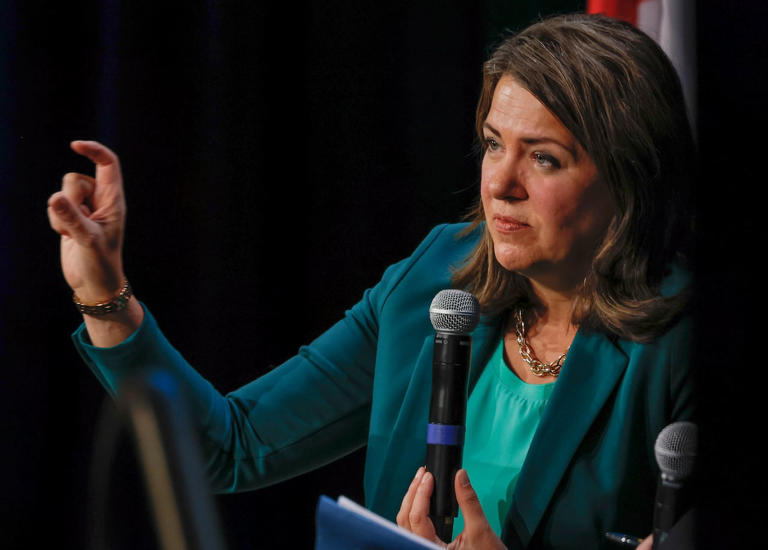Cannabis Act review finds companies struggling to profit, health experts supportive
The Canadian Press
Tue, October 10, 2023

OTTAWA — A review of the federal legislation that paved the way for the legal recreational use and sale of cannabis says companies in the legal market report struggling to realize profits and maintain financial viability.
Retailers cite the burden of taxes, markups, fees, and regulatory compliance costs as barriers to the industry's viability, which they say is a necessary precondition to maintaining a safe and legal source of supply and to combat the illicit market.
The statutory review was launched by the federal government last year to analyze the Cannabis Act, which in 2018 set purchase and possession limits at 30 grams of dried pot or the equivalent, restricted youth access to marijuana and established safety requirements for growing, selling and transporting the substance.
The report says public health experts remain supportive of the legislation's precautionary approach, including THC limits for edible cannabis products and restrictions on promotion, while some suggest considering stricter age limits on who can possess, distribute and buy cannabis.
While the panel that conducted the review says it heard progress has been made on deterring criminal activity and displacing the illicit market, many public safety stakeholders remain concerned about unauthorized retail stores and illegal online channels.
Panellists heard varying viewpoints on whether consumer demand was being met, with consumers still seeking products unavailable in the legal market such as higher-potency edibles, along with limited access in some rural and remote regions.
This report by The Canadian Press was first published Oct. 10, 2023.
The Canadian Press












